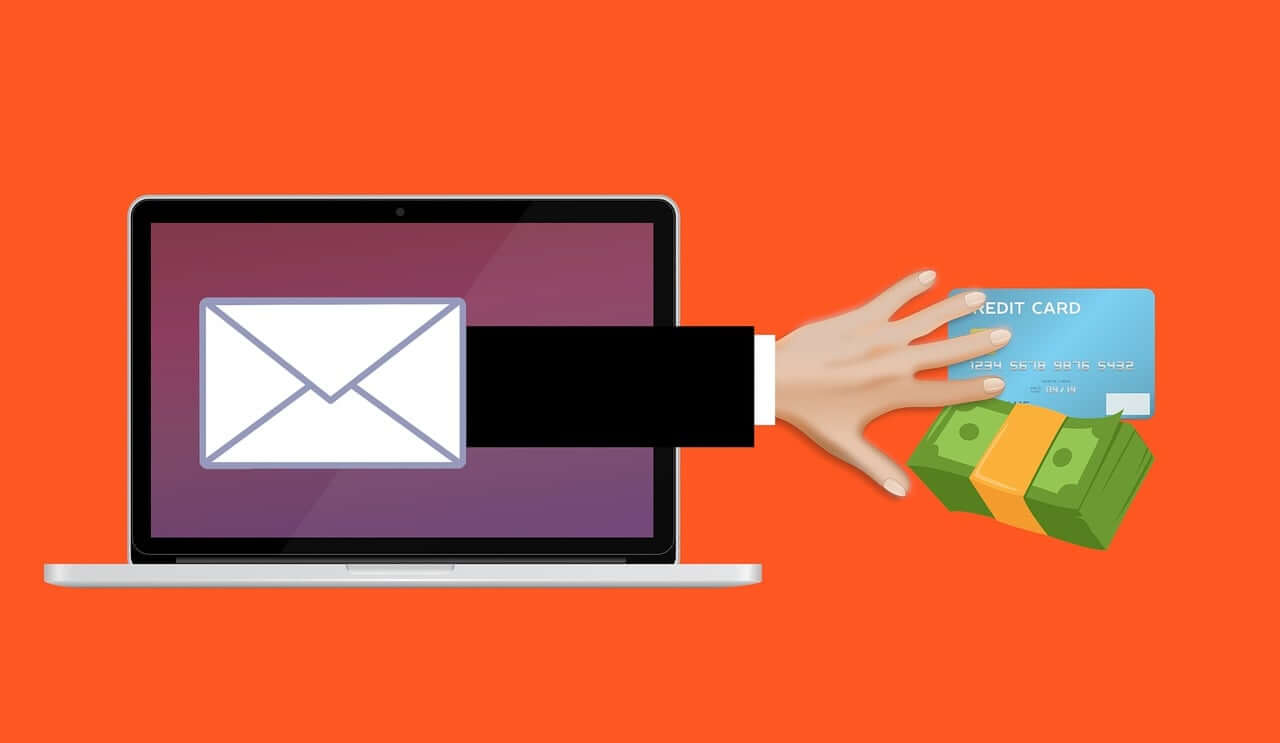
Phishing Scams: How to Recognize and Avoid Them
Phishing scams lurk online, but vigilance is key. Spot suspicious emails, avoid unknown links, and never share personal info. Stay safe online!
In today's digital landscape, phishing scams pose a significant threat to online security. These deceptive tactics aim to trick individuals into divulging sensitive information such as passwords, credit card numbers, or personal details. However, with awareness and vigilance, you can learn to recognize and avoid falling victim to these malicious schemes.
Understanding Phishing Scams
Phishing scams typically involve fraudulent emails, text messages, or websites designed to impersonate trusted entities like banks, government agencies, or popular online services. The goal is to lure recipients into clicking on malicious links, downloading harmful attachments, or disclosing confidential information.
How to Recognize Phishing Attempts
Check the Sender's Email Address: Be wary of emails from unknown senders or addresses that appear suspicious or unfamiliar. Look for spelling errors or unusual domain names that may indicate a phishing attempt.
Urgent or Threatening Language:Phishing emails often use urgent or threatening language to create a sense of panic and prompt immediate action. Beware of messages claiming that your account has been compromised or that you need to verify your information urgently.
Requests for Personal Information: Legitimate organizations will never ask you to provide sensitive information like passwords, social security numbers, or credit card details via email. Treat any such requests with skepticism.
Suspicious Links and Attachments: Avoid clicking on links or downloading attachments from emails that seem suspicious or unexpected. Hover your mouse over links to preview the URL and ensure it matches the purported sender's website.
How to Avoid Phishing Scams
Verify Requests Through Alternative Channels: If you receive a suspicious email claiming to be from a legitimate organization, verify the request through their official website or customer service hotline before taking any action.
Keep Software Updated: Ensure that your computer, antivirus software, and web browser are up-to-date with the latest security patches to protect against known vulnerabilities exploited by phishing attacks.
Educate Yourself and Others: Stay informed about the latest phishing techniques and share your knowledge with friends, family, and colleagues to help them recognize and avoid falling victim to phishing scams.
Use Two-Factor Authentication: Enable two-factor authentication whenever possible to add an extra layer of security to your online accounts. This makes it more difficult for hackers to access your accounts even if they obtain your password.